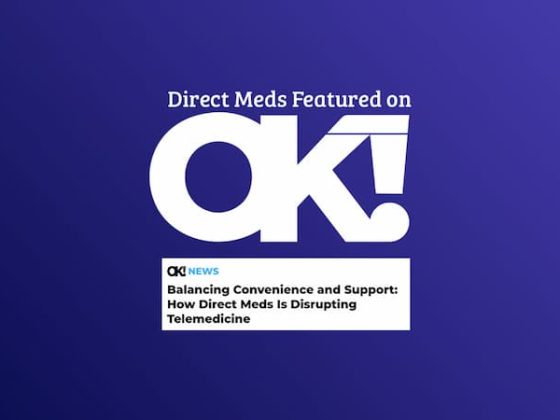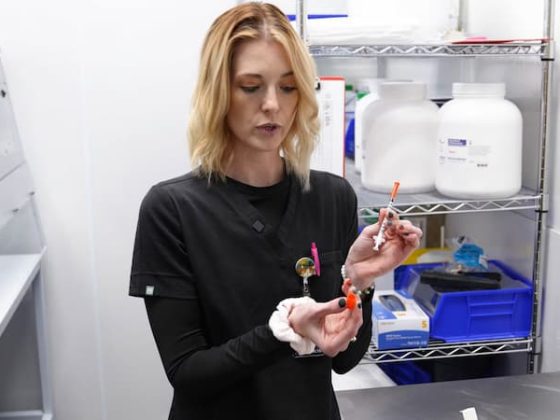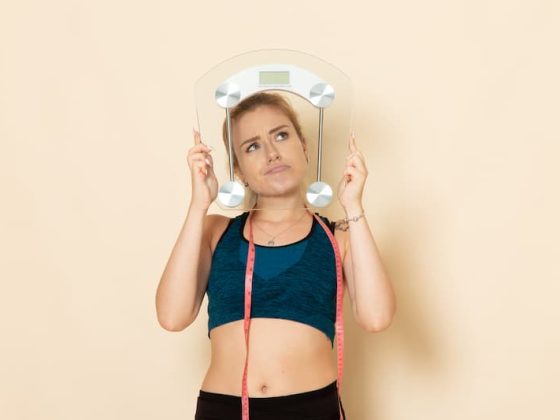How Long Does It Take for GLP-1s to Work and What Can You Do to Help?
GLP-1 receptor agonists (GLP-1s) have gained significant attention as a treatment option for conditions like type 2 diabetes and weight management. If you’re starting on a GLP-1 medication or considering it, you may wonder how quickly you’ll see results and what you can do to support its effectiveness. Let’s explore these questions in detail.
How Long Does It Take for GLP-1s to Work?
Initial Onset: Many people begin to notice some effects, such as reduced appetite or lower blood sugar levels, within the first week of starting a GLP-1 medication. However, this can vary depending on the specific drug and individual factors.
Full Effect: The full benefits of GLP-1 medications, particularly for weight loss and glycemic control, typically take several weeks to months. Most clinical studies indicate significant changes become apparent after about 12 to 16 weeks of consistent use.
Dosage Adjustments: GLP-1s are often started at a lower dose to minimize side effects like nausea. Over time, your healthcare provider may gradually increase the dosage, which can influence how quickly you see results.
Factors That Affect GLP-1 Effectiveness
- Adherence to Medication: Taking your medication as prescribed is crucial. Missing doses or not following your doctor’s instructions can delay or reduce the benefits.
- Lifestyle Choices: While GLP-1s are effective on their own, pairing them with healthy lifestyle changes, like a balanced diet and regular physical activity, can enhance their impact.
- Individual Metabolism: Everyone’s body responds differently to medication. Factors like age, weight, and overall health can influence how quickly you notice results.
- Medication Type: Different GLP-1s (e.g., semaglutide, liraglutide) have varying durations of action and dosing schedules, which can affect the timeline for noticeable changes.
What Can You Do to Help?
Here are some practical steps to maximize the benefits of GLP-1 therapy:
- Follow a Balanced Diet: Incorporate nutrient-dense foods like lean proteins, whole grains, and plenty of vegetables. Avoid overly processed or high-sugar foods that may counteract your progress.
- Stay Active: Regular physical activity, such as walking, swimming, or strength training, can amplify the effects of GLP-1s, particularly for weight management.
- Stay Hydrated: Drinking enough water can help reduce some side effects, like nausea, and support your overall health.
- Monitor Your Progress: Keep track of your blood sugar levels, weight, or other relevant health metrics. This can help you and your healthcare provider assess the effectiveness of the medication and make any necessary adjustments.
- Communicate with Your Healthcare Provider: Regular check-ins with your doctor or healthcare team are essential. They can adjust your dosage, address side effects, and provide personalized advice to help you succeed.
- Be Patient: Remember that lasting change takes time. While the initial effects may be subtle, consistent use of GLP-1 medications often leads to meaningful long-term benefits.
Conclusion
GLP-1 medications can be a powerful tool for managing type 2 diabetes and supporting weight loss, but they’re not an overnight solution. By understanding the typical timeline for results and taking proactive steps to support your treatment, you can optimize your journey toward better health. Always consult with your healthcare provider to ensure you’re on the best path for your individual needs.








